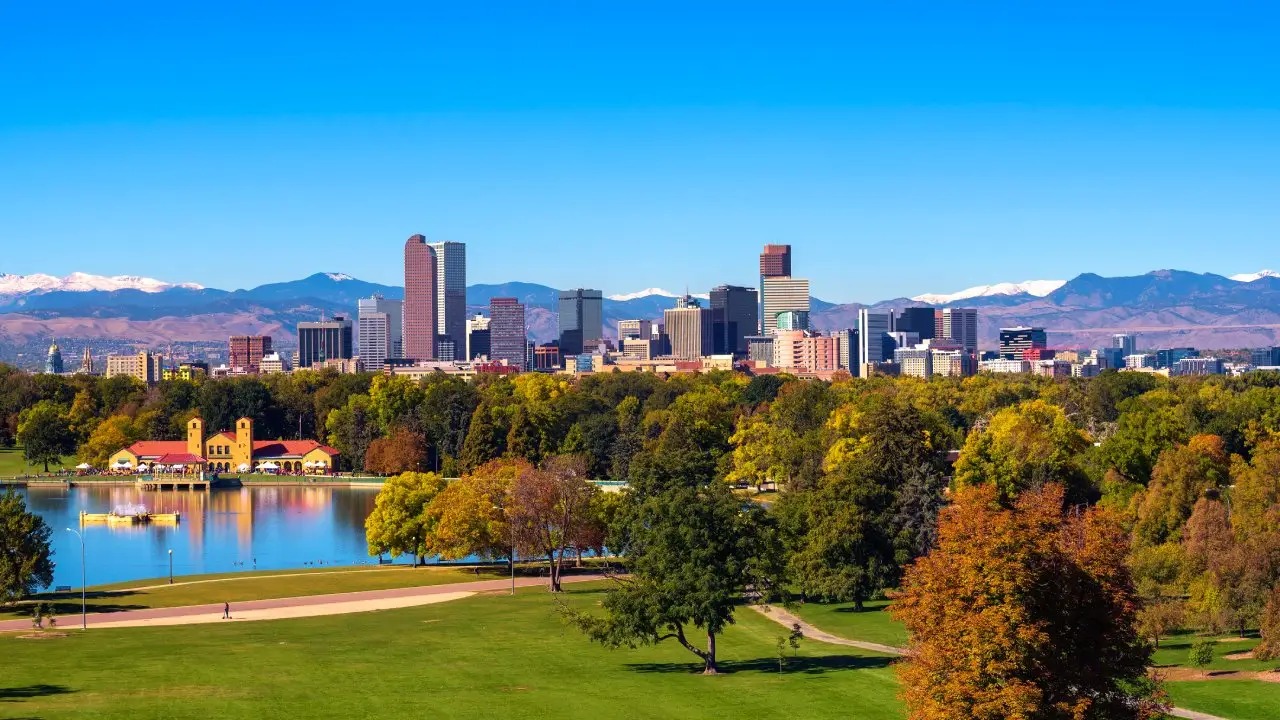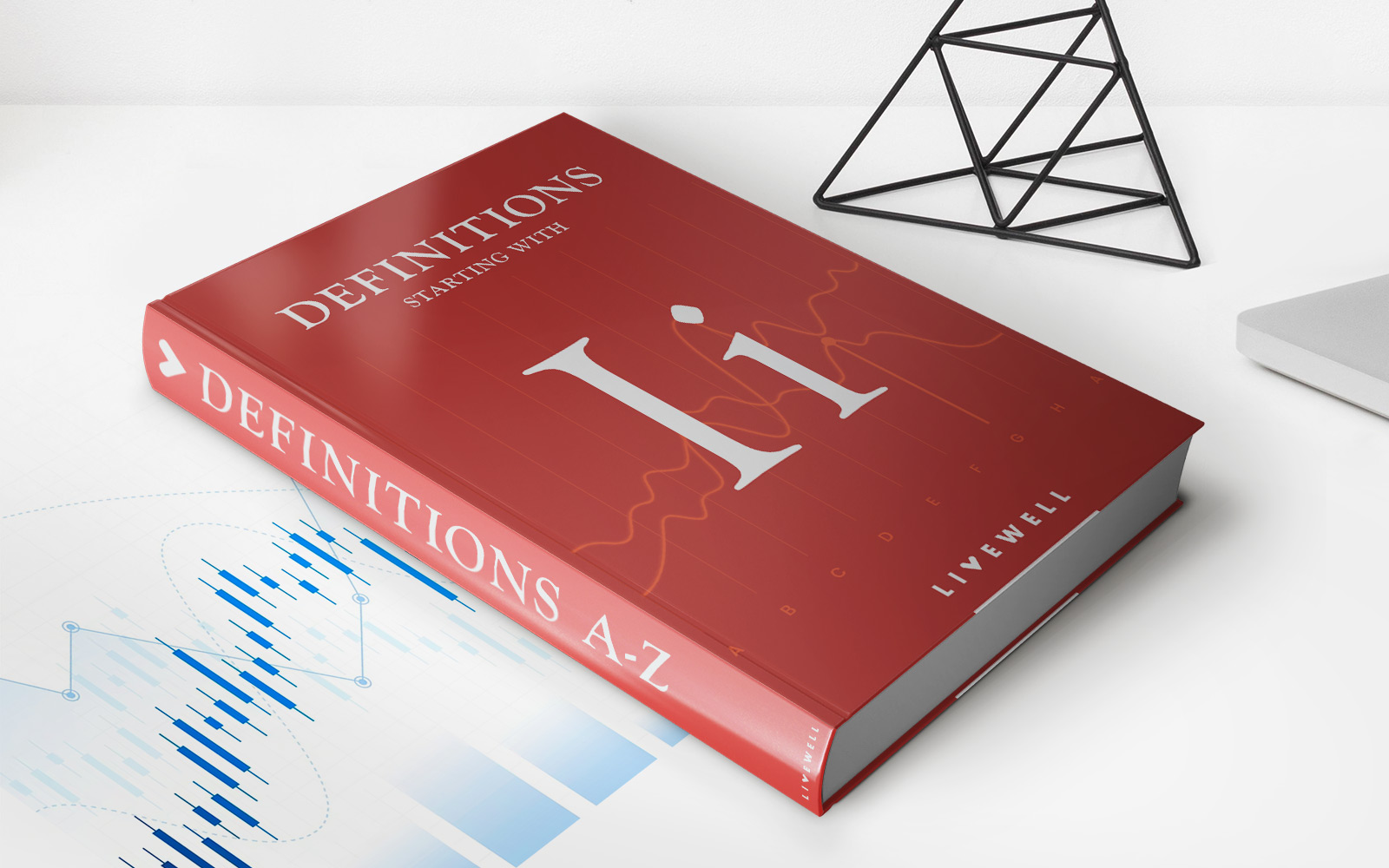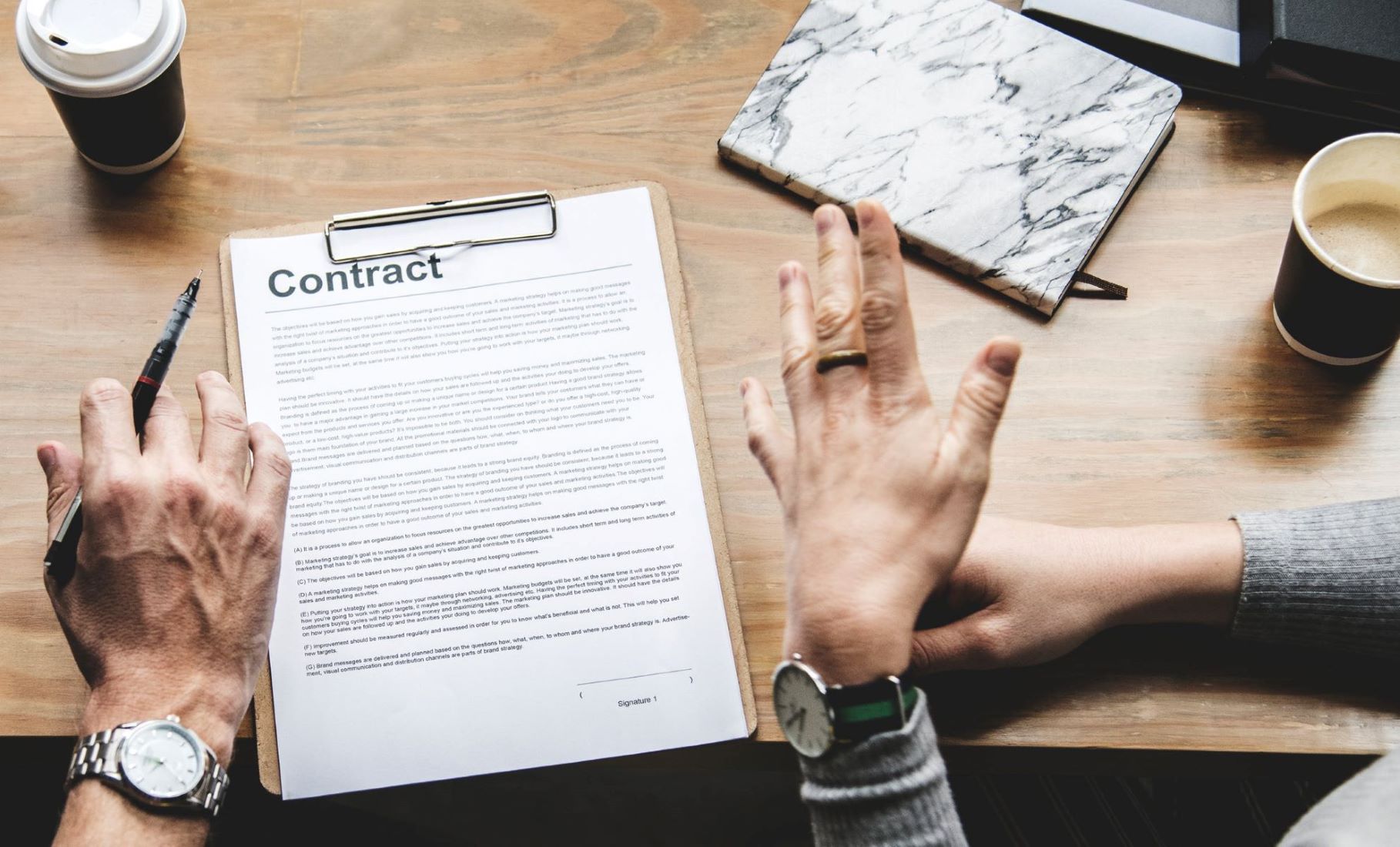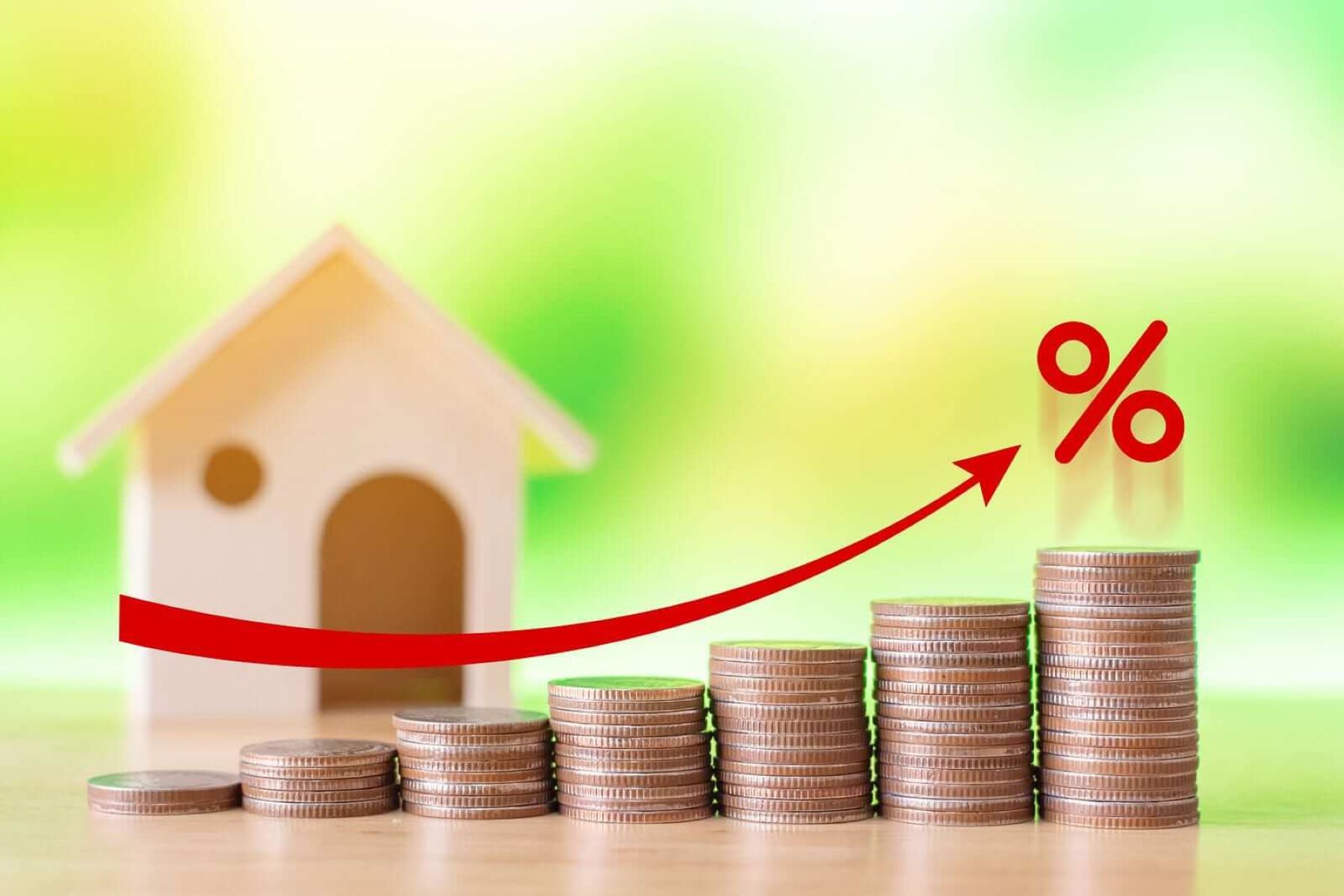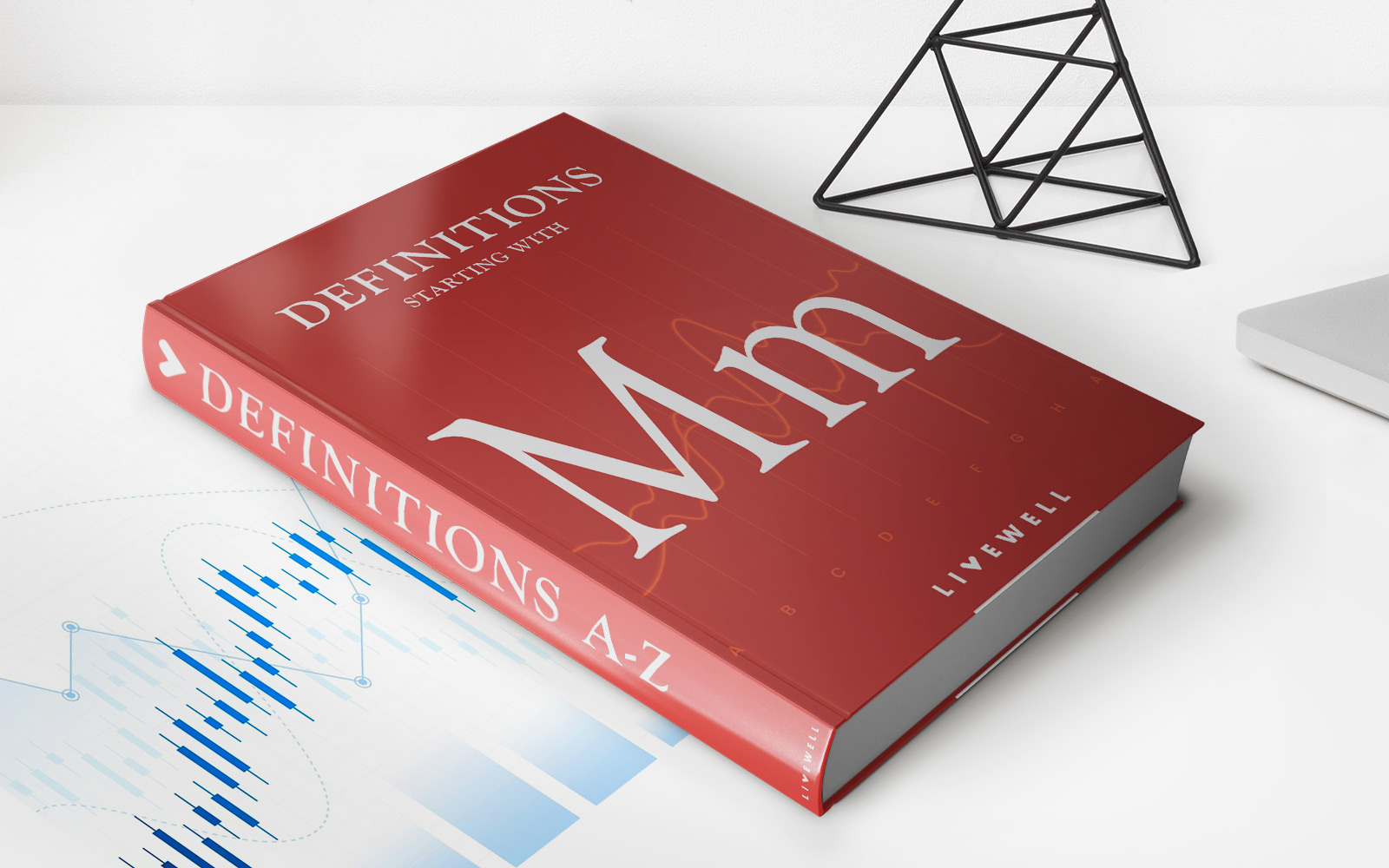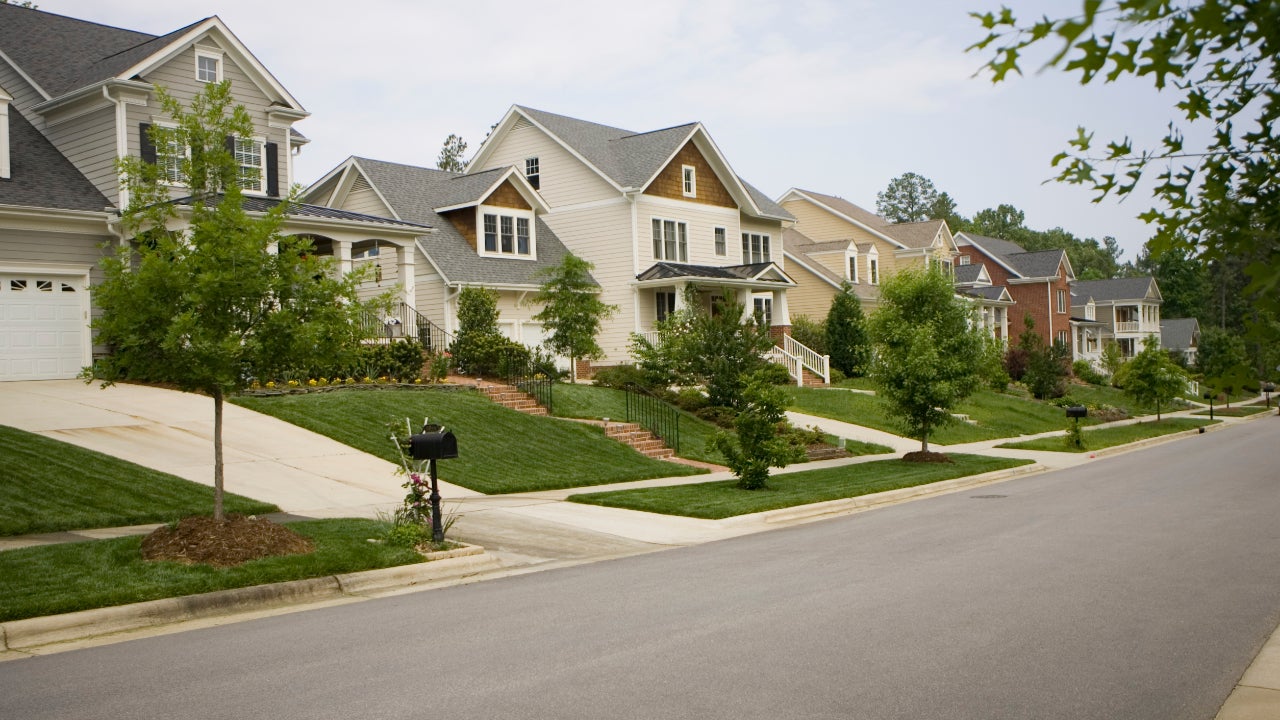

Finance
Who Pays The HOA Working Capital Fee
Published: December 19, 2023
Discover who is responsible for paying the HOA working capital fee and how it impacts your finances
(Many of the links in this article redirect to a specific reviewed product. Your purchase of these products through affiliate links helps to generate commission for LiveWell, at no extra cost. Learn more)
Table of Contents
Introduction
In any homeowner association (HOA), there are various fees and expenses that homeowners are required to pay. One such fee is the HOA working capital fee. This fee plays a crucial role in ensuring the financial stability and proper functioning of the HOA. In this article, we will explore what exactly the HOA working capital fee is, why it is important, and who is responsible for paying it.
The HOA working capital fee is a one-time payment or an ongoing monthly fee collected from homeowners to build up a reserve fund. This fund acts as a safety net to cover unexpected expenses, repairs, or maintenance costs that may arise within the HOA community. In simpler terms, it serves as a savings account to ensure the financial well-being of the HOA and to address any unforeseen circumstances.
This fee is different from the regular monthly fees homeowners pay which go towards covering the routine operational costs of the HOA, such as landscaping, common area maintenance, and insurance. While those fees are meant to cover day-to-day expenses, the working capital fee is specifically designated for future financial needs.
Now that we have a basic understanding of what the HOA working capital fee is, let’s delve into its significance and why it is necessary for the smooth functioning of the HOA.
Definition of HOA Working Capital Fee
The HOA working capital fee is a financial contribution made by homeowners to the homeowner association (HOA) to establish and maintain a reserve fund. This fund acts as a financial cushion to cover unexpected expenses, major repairs, renovation projects, or any unforeseen events that may occur within the HOA community.
The working capital fee is typically a one-time payment made by new homeowners when they purchase a property within the HOA. However, in some cases, it can also be an ongoing monthly fee, which is collected from all homeowners to continually replenish the reserve fund.
The amount of the working capital fee can vary from one HOA to another and is usually determined based on factors such as the size and complexity of the community, the number of units or homes within the HOA, and the estimated costs of future expenses. It is important to note that the working capital fee is separate from the regular monthly HOA dues.
The purpose of the HOA working capital fee is to ensure the long-term financial stability of the HOA. By building up a reserve fund, the HOA can effectively manage unexpected expenses without the need for special assessments or increased monthly dues. This provides financial security to both the HOA and the homeowners, as it guarantees the availability of funds to maintain the community’s infrastructure, amenities, and common areas.
The reserve fund created through the working capital fee is especially crucial for older HOAs or those with aging infrastructure. It helps cover the cost of major repairs, replacements, or upgrades that may be necessary over time. Additionally, the reserve fund can also be used to comply with legal requirements, such as funding reserves for future roofing replacements, painting projects, or any other necessary maintenance or improvements.
Overall, the HOA working capital fee plays a vital role in ensuring the financial well-being of the HOA and is an essential component of responsible HOA management. By contributing to the reserve fund, homeowners not only protect the value and integrity of their own properties but also support the overall sustainability and attractiveness of the entire community.
Purpose of HOA Working Capital Fee
The HOA working capital fee serves a crucial purpose in providing financial stability and ensuring the smooth functioning of a homeowner association (HOA). This fee is collected from homeowners to establish and maintain a reserve fund, which plays a vital role in several ways:
- Emergency and Unexpected Expenses: The working capital fee allows the HOA to build up a reserve fund to cover unforeseen emergencies or unexpected expenses. This can include major repairs due to natural disasters, infrastructure failures, or other unforeseen events that require immediate attention. Having sufficient funds in the reserve fund ensures that the HOA can handle these expenses promptly without resorting to special assessments or significant increases in monthly dues.
- Long-term Maintenance and Repairs: Over time, common areas and amenities within the HOA community will require maintenance, repairs, and eventually replacement. This could include repaving roads, refurbishing community centers, upgrading playgrounds or pool areas, or renovating landscaping. The working capital fee allows the HOA to save for these anticipated future expenses, ensuring that funds are readily available when needed. By proactively saving through the working capital fee, the HOA can address these maintenance needs without burdening homeowners with sudden financial demands.
- Compliance with Legal Requirements: Many states and local jurisdictions have specific laws or regulations that require HOAs to maintain a reserve fund for certain purposes, such as roofing replacements, painting projects, or other long-term maintenance items. The working capital fee enables the HOA to meet these legal obligations and ensures that the community remains in compliance with these requirements, avoiding potential legal issues or penalties.
- Preserving and Enhancing Property Values: By establishing a robust reserve fund through the working capital fee, the HOA can effectively maintain the overall quality and appearance of the community. Well-maintained common areas, amenities, and infrastructure contribute to the desirability and market value of the properties within the HOA. Homeowners benefit directly from this as the value of their own properties is preserved or potentially enhanced, ensuring a healthy real estate market within the community.
The purpose of the HOA working capital fee is thus to provide financial security, ensure long-term maintenance and repairs, meet legal requirements, and protect property values. By collecting these funds, the HOA can effectively handle unexpected events, plan for future expenses, and maintain the overall appeal and functionality of the community, benefiting all homeowners.
Who is Responsible for Paying the HOA Working Capital Fee?
The responsibility for paying the HOA working capital fee falls on the homeowners within the homeowner association (HOA). When a property is purchased within an HOA, it is typically the buyer’s responsibility to pay the working capital fee as part of the closing costs or the purchase agreement.
The working capital fee is usually paid as a one-time payment by new homeowners, though in some cases, it may be spread out over several months or paid as an ongoing monthly fee. The specific payment structure and timeline can vary depending on the HOA and the agreements in place.
It’s important for potential homeowners to be aware of the working capital fee before purchasing a property within an HOA. This fee can vary in amount depending on factors such as the size of the HOA, the number of units or homes within the community, and the estimated costs of future expenses. Thus, it’s crucial to review the HOA’s governing documents and disclosure materials to understand the specific details related to the working capital fee.
It’s worth noting that the responsibility for paying the working capital fee typically transfers from the current homeowner to the new homeowner upon the sale of the property. This ensures that the reserve fund remains adequately funded for the future financial needs of the HOA.
In some cases, developers may also contribute to the working capital fee, particularly in new construction or planned communities. Developers may fund a portion of the working capital fee to help jumpstart the reserve fund and ensure its initial stability. However, once homeowners begin purchasing and occupying properties within the HOA, the responsibility for paying the working capital fee primarily rests with them.
It’s important for homeowners to be aware of their obligation to pay the working capital fee and to budget accordingly when purchasing a property within an HOA. Existing homeowners should also be proactive in understanding their obligations and ensure that timely payment is made to support the ongoing financial health and stability of the HOA.
In summary, the responsibility for paying the HOA working capital fee lies with the homeowners, both new and existing, within the homeowner association. By fulfilling this financial obligation, homeowners contribute to the overall financial well-being of the HOA and help ensure the long-term sustainability of the community.
Homeowner’s Responsibilities
As a homeowner within a homeowner association (HOA), it is important to understand and fulfill your responsibilities regarding the HOA working capital fee. These responsibilities can vary depending on the specific rules and regulations set forth by your HOA, but here are some common homeowner responsibilities to keep in mind:
- Payment of Working Capital Fee: The primary responsibility of homeowners is to pay the HOA working capital fee as required. This fee is typically collected at the time of purchase or as an ongoing monthly fee, and it is crucial to ensure timely and complete payment to support the financial stability of the HOA.
- Understanding the Fee Structure: Familiarize yourself with the details of the working capital fee, including the amount, payment structure, and any applicable deadlines. Review the HOA’s governing documents, such as the bylaws and financial policies, to understand the specific requirements related to the working capital fee.
- Budgeting and Planning: Include the working capital fee in your budgeting and financial planning. Be prepared to allocate the necessary funds for this fee and plan ahead for any future increases or special assessments that may be required to maintain the reserve fund.
- Compliance with HOA Rules: Adhere to the rules and regulations set forth by the HOA, including those related to the payment of the working capital fee. Familiarize yourself with any penalties or consequences for non-compliance and make sure to fulfill your obligations.
- Maintaining Communication: Stay informed and engaged with the HOA by participating in meetings, reading newsletters or updates, and maintaining open lines of communication with the HOA board or management. This will ensure that you stay informed about any changes or updates related to the working capital fee.
- Understanding the Purpose: Educate yourself about the purpose and importance of the working capital fee. Understand that this fee is essential for the financial stability of the HOA and contributes to the overall well-being and property values within the community.
- Supporting the HOA: Take an active role in supporting the HOA’s efforts to maintain and improve the community. Participate in community events, follow HOA guidelines for property maintenance, and encourage your neighbors to fulfill their responsibilities as well.
By fulfilling these homeowner responsibilities, you not only contribute to the financial health of the HOA but also help create a harmonious and well-maintained community for the benefit of all residents.
Developer’s Responsibilities
When it comes to the HOA working capital fee, developers also have certain responsibilities. These responsibilities can vary depending on the specific agreements and circumstances, but here are some common expectations for developers:
- Initial Funding: Developers are often responsible for the initial funding of the HOA’s working capital fee for newly built or planned communities. This means that they contribute a portion of the fee to help establish the reserve fund and ensure its stability at the beginning. This initial contribution helps jumpstart the financial health of the HOA.
- Disclosures and Documentation: Developers must provide clear and accurate information about the working capital fee to potential buyers. This includes disclosing the amount, payment structure, and any other pertinent details related to the fee. The developer should provide this information in writing and ensure that it is easily accessible to interested buyers.
- Transparent Financial Reporting: Developers should provide transparent financial reports, including details of the working capital fee, to the HOA and homeowners during the transition period from developer control to homeowner control. This ensures that homeowners are fully informed about the status of the reserve fund and any ongoing financial obligations.
- Transfer of Responsibility: The developer’s responsibility for the working capital fee typically ends upon the sale of the property to the homeowner. At that point, ownership and payment responsibility transfer to the new homeowner. The developer should facilitate a smooth transition and ensure that all relevant documentation and financial records related to the working capital fee are transferred to the HOA and homeowners.
- Compliance with Laws and Regulations: Developers need to comply with all applicable laws, regulations, and contractual agreements related to the working capital fee. This includes following local and state regulations on reserve fund requirements and accurately accounting for and allocating funds collected from homeowners towards the reserve fund.
- Supporting HOA Management: Developers should support the transition of the HOA from developer control to homeowner control by providing assistance, guidance, and information to the newly formed HOA board. This includes sharing knowledge about the working capital fee and any other financial matters that may impact the community’s long-term stability.
It’s important for homeowners to understand the developer’s responsibilities regarding the working capital fee to ensure that they are being fulfilled. If there are any concerns or issues related to the developer’s obligations, homeowners should communicate with the HOA board or management to address them accordingly.
By meeting these responsibilities, developers can contribute to the financial success and smooth transition of the HOA, ensuring a positive experience for both homeowners and the community as a whole.
Exceptions and Special Circumstances
While the HOA working capital fee is a standard requirement for most homeowners within a homeowner association (HOA), there may be certain exceptions or special circumstances that can affect the payment or responsibility for this fee. Here are a few common scenarios:
- Resale Properties: In some cases, when purchasing a resale property within an HOA, the working capital fee may have already been paid in full by the previous homeowner. In such instances, the new homeowner may not be required to pay the fee again. However, it’s essential to review the HOA’s governing documents and any agreements related to the working capital fee to ensure clarity on this matter.
- Transfer Fees: Some HOAs charge a transfer fee instead of a working capital fee when a property changes ownership. This fee serves a similar purpose, contributing to the reserve fund or covering administrative costs associated with the ownership transfer process. Homeowners should be aware of any transfer fees in place and their payment obligations when buying or selling a property within the HOA.
- Exemptions or Waivers: In certain circumstances, homeowners may be eligible for exemptions or waivers from the working capital fee. This could be due to financial hardship, special agreements with the developer or builder, or specific circumstances outlined in the HOA’s governing documents. Homeowners seeking an exemption or waiver should consult with the HOA board or management and provide the necessary documentation to support their request.
- Developer-funded Communities: In some cases, developers may opt to fund the working capital fee entirely, meaning that homeowners are not responsible for making any payments towards the reserve fund. This can be a marketing strategy employed by developers to attract buyers to their communities. It’s crucial for potential homeowners to clarify the developer’s obligations and any associated fees before finalizing a purchase agreement.
- Changes in Fee Structure: Occasionally, HOAs may modify the fee structure for the working capital fee. This could include adjusting the payment frequency or increasing the fee amount to meet changing financial needs. Homeowners should always stay informed about any changes or updates to the fee structure and plan their finances accordingly.
It’s important for homeowners to thoroughly review the HOA’s governing documents, disclosure materials, and any specific agreements regarding the working capital fee. If there are any questions or concerns about exceptions or special circumstances, homeowners should reach out to the HOA board or management for clarification.
By understanding these exceptions and special circumstances, homeowners can navigate the payment obligations and ensure compliance with the HOA’s policies and regulations related to the working capital fee.
Conclusion
The HOA working capital fee is a crucial financial component of any homeowner association (HOA) that helps ensure its stability and ability to handle unexpected expenses. This fee, paid by homeowners, establishes and maintains a reserve fund that acts as a financial safety net for the HOA.
Throughout this article, we have explored the definition and purpose of the HOA working capital fee, as well as the responsibilities of homeowners and developers. We have also discussed exceptions and special circumstances that may affect the payment or responsibility for this fee.
It is important for homeowners to understand their responsibilities regarding the working capital fee, including timely payment, adherence to HOA rules, and active participation in community affairs. By fulfilling these obligations, homeowners contribute to the financial well-being of the HOA and help maintain property values within the community.
Developers also play a significant role in the successful establishment of the working capital fee. They are responsible for initially funding the reserve fund and ensuring a smooth transition to homeowner control.
Lastly, exceptions and special circumstances, such as resale properties or exemptions, can impact the payment or responsibility for the working capital fee. Homeowners should be familiar with their specific situations and consult with the HOA to clarify any uncertainties.
In conclusion, the HOA working capital fee is a vital financial mechanism that supports the long-term stability and maintenance of a homeowner association. By understanding and fulfilling their responsibilities, homeowners and developers contribute to the financial health of the HOA and create a thriving, well-maintained community for all residents to enjoy.

